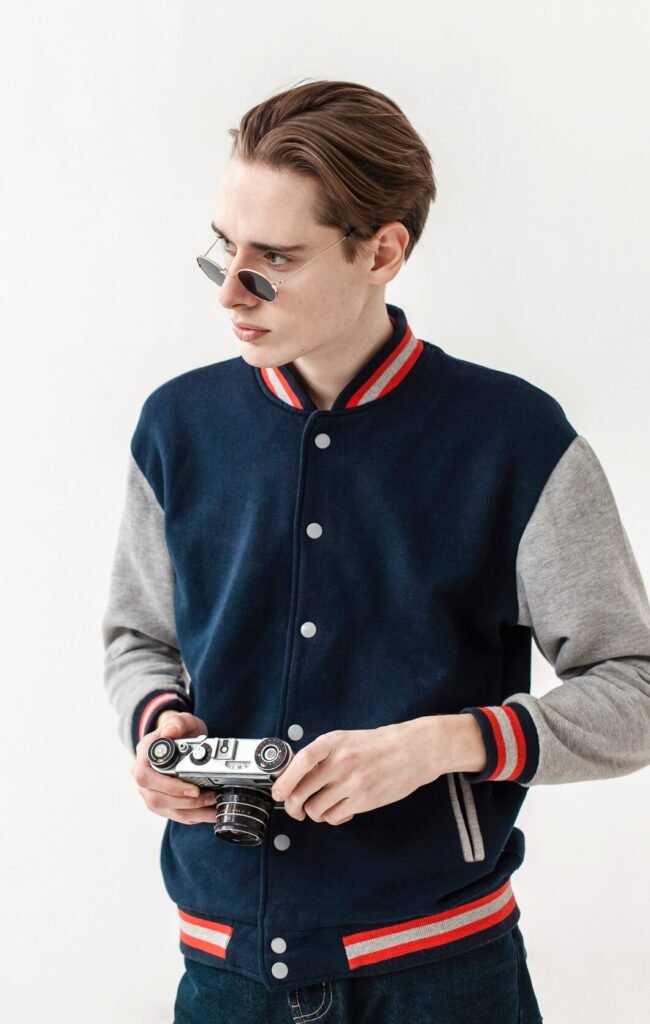The kaftan, a garment steeped in history and culture, has become a versatile fashion staple around the world.
A Brief History of the Kaftan
The kaftan, also spelled “caftan,” is a long, flowing robe or tunic that has been worn by various cultures for centuries. The earliest known kaftans date back to ancient Mesopotamia, where they were worn by both men and women. The garment later spread to the Ottoman Empire, where it became a symbol of wealth and status. Ottoman sultans and high-ranking officials donned elaborately decorated kaftans made from luxurious fabrics such as silk and brocade, often adorned with intricate embroidery and jewels.
From the Ottoman Empire, the kaftan’s influence spread to North Africa, particularly Morocco, where it was embraced and adapted into traditional Moroccan dress. The Moroccan kaftan, known for its vibrant colors and elaborate designs, became a symbol of cultural heritage and craftsmanship.
Cultural Significance
The kaftan holds significant cultural meaning in many societies. In the Middle East and North Africa, it is often worn during important ceremonies and celebrations, such as weddings and religious festivals. The garment is valued not only for its aesthetic appeal but also for its symbolic representation of cultural identity and tradition.
It is typically made from richly patterned fabrics and is worn during formal occasions and festivities. The boubou reflects the region’s rich textile heritage and serves as a marker of social status.
The Kaftan in Western Fashion
The kaftan made its way into Western fashion in the 1960s and 1970s, embraced by the bohemian and counterculture movements. It was popularized by fashion icons such as Elizabeth Taylor, Talitha Getty, and Diana Vreeland, who admired its exotic allure and effortless elegance. Designers like Yves Saint Laurent and Halston incorporated kaftans into their collections, cementing the garment’s place in high fashion.
The kaftan’s loose, flowing silhouette and vibrant patterns appealed to those seeking comfort and individuality in their clothing. It became synonymous with the bohemian lifestyle, symbolizing freedom, creativity, and a break from conventional fashion norms.
Modern Resurgence
In recent years, the kaftan has experienced a resurgence in popularity, thanks in part to its versatility and adaptability. Modern designers have reimagined the kaftan, incorporating contemporary elements while preserving its traditional essence.
The kaftan’s resurgence is also linked to the growing appreciation for sustainable and ethical fashion. As consumers become more conscious of the environmental and social impact of their clothing choices, they are drawn to garments like the kaftan that embody craftsmanship and cultural heritage.
Styling the Kaftan
One of the kaftan’s greatest strengths is its versatility. It can be styled in numerous ways to suit different occasions and personal tastes. For a casual, beach-ready look, a lightweight cotton or linen kaftan can be paired with sandals and a wide-brimmed hat.
The kaftan can also be layered over other garments, such as jeans or leggings, for a chic, contemporary look.
Conclusion
Its resurgence in contemporary fashion reflects a growing appreciation for garments that combine beauty, comfort, and cultural significance. Whether worn for a special occasion or as everyday attire, the kaftan continues to captivate and inspire, proving that true style knows no bounds.



